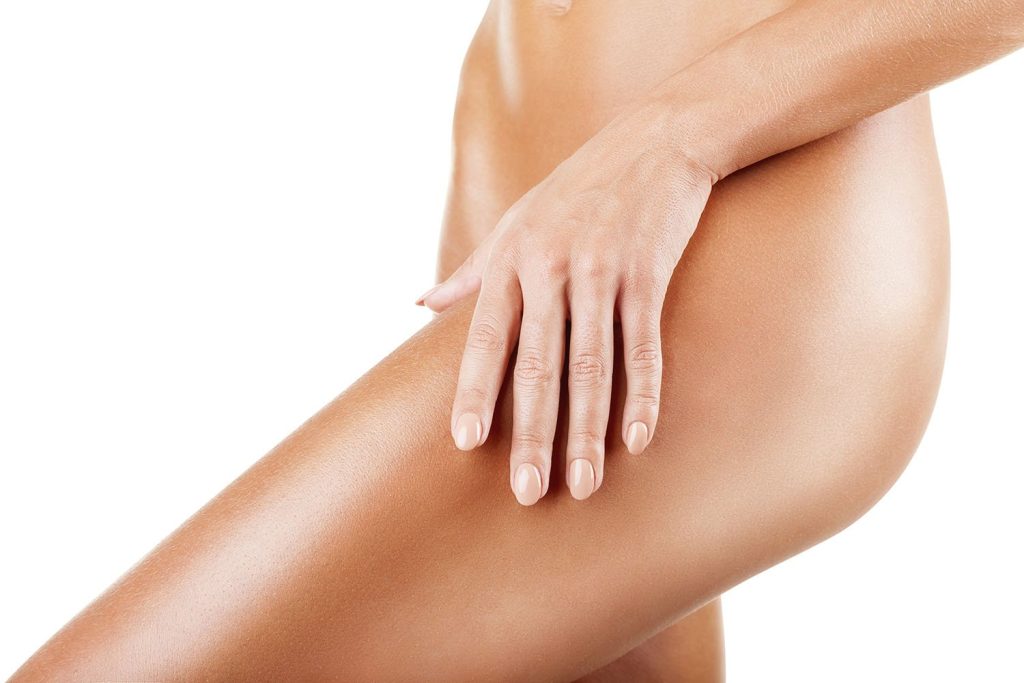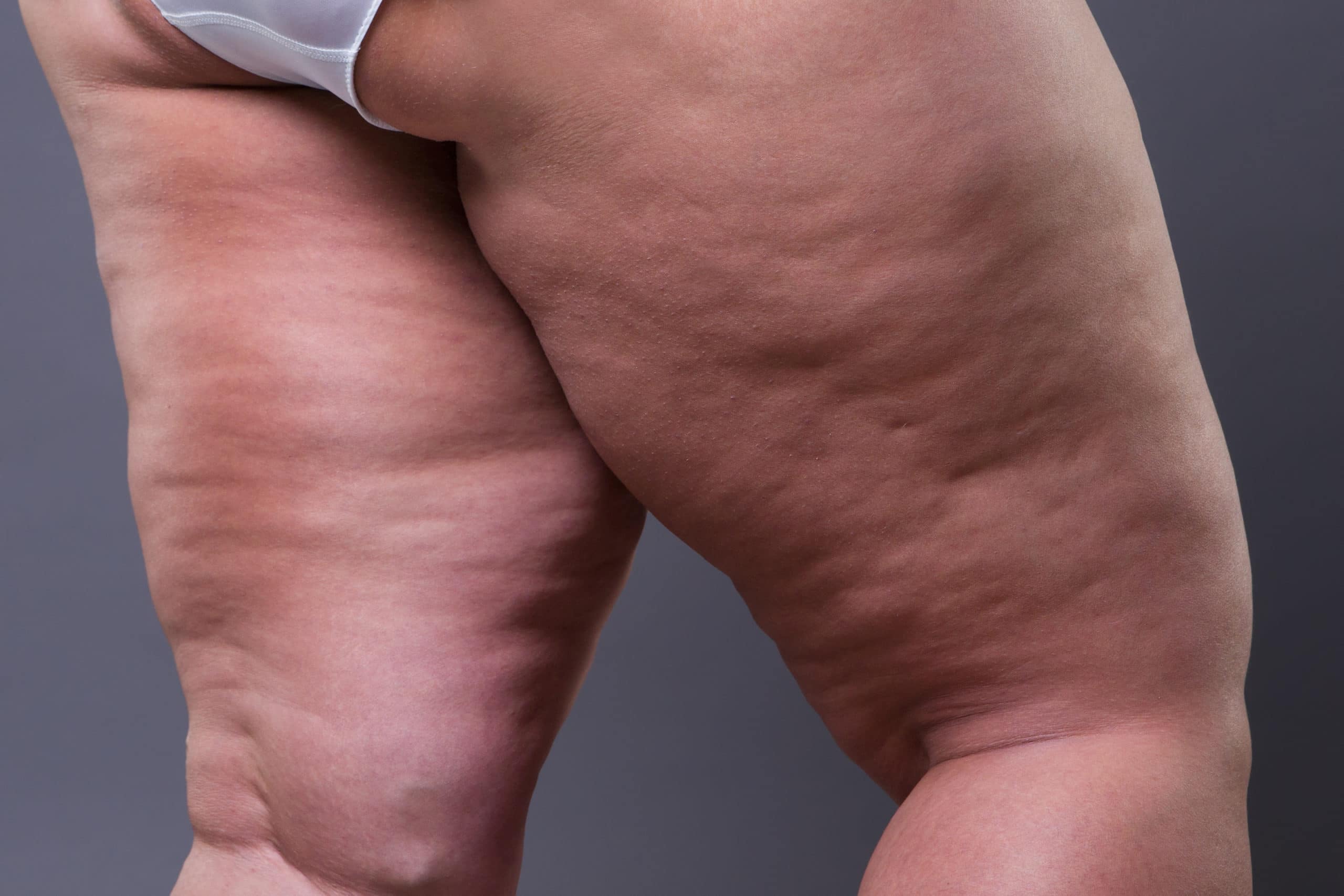Key Takeaways
-
Recognizing the symptoms of cellulite on your legs early can lead to more effective management strategies, including lifestyle changes and treatments.
-
Consulting a doctor is crucial for personalized advice and to rule out any underlying conditions that might be contributing to cellulite formation.
-
Understanding the causes of cellulite, such as hormonal changes, poor diet, and lack of physical activity, empowers you to make informed decisions about your health and skincare routines.
-
Identifying your personal risk factors, like genetics or a sedentary lifestyle, can help you target your efforts more effectively to reduce the appearance of cellulite.
-
Simple lifestyle adjustments, such as incorporating more exercise into your daily routine and improving your diet, can significantly impact the severity of cellulite on your legs.
-
Staying informed and proactive about your health and skincare can lead to better outcomes and boost your confidence in managing cellulite.
Recognizing Symptoms
Skin Structure
Cellulite manifests as lumpy, dimpled flesh on the body. It mainly affects the thighs but can also appear on the hips, buttocks, and abdomen. This condition is characterized by an uneven surface beneath the skin, caused by tough bands pulling down on the tissue.
The structure of our skin plays a crucial role in cellulite formation. As we age, our skin loses elasticity. This loss makes cellulite more visible.
Physical Activity
Regular physical activity might not cure cellulite but can improve its appearance. Exercise boosts metabolism and improves the overall tone of your muscles underneath the cellulite, making the skin’s surface seem smoother.
However, it’s essential to note that even with a high level of fitness, one might still see dimpling on their legs. This is because cellulite relates more to skin structure and genetics than body fat percentage or fitness levels.
Age Factor
Cellulite becomes more noticeable as we get older. Over the years, our skin thins and loses its elasticity. This natural aging process allows for more pronounced dimples and lumps.
Women are especially prone to developing cellulite after puberty. The distribution of fat in women’s bodies contributes to this commonality.
Consulting a Doctor
Medical Advice
Seeking medical advice is crucial when dealing with cellulite on legs. A dermatologist can help differentiate between cellulite and other skin conditions. This step is essential after recognizing symptoms, as it ensures the right approach towards treatment.
Consultation allows for a deeper understanding of cellulite’s nature. It involves examining affected areas and possibly using ultrasound to assess fat distribution and blood flow. This detailed analysis helps in crafting a personalized treatment plan.
Hormonal Factors
Hormonal factors and genetics play significant roles in cellulite development. Discussing these aspects with a healthcare provider can offer insights into why cellulite has appeared on your legs.
Understanding the influence of hormones and genetics provides clarity on the condition’s persistence despite efforts like maintaining a healthy diet or regular exercise. It also opens up discussions about realistic expectations from treatments.
Treatment Options
Exploring medical options for managing cellulite’s appearance is vital, especially if it impacts mental well-being or self-esteem. Several treatments can make a difference.
Options include massage therapies that improve blood flow, products aimed at reducing fat cells, and dietary adjustments promoting weight loss and healthy skin production. Results vary, but combining treatments often yields better outcomes.
Understanding Causes
Fibrous Cords
Cellulite’s unique texture comes from fibrous connective cords. These cords tether the skin to underlying muscle. Between them, fat cells accumulate and push against the skin.
This pressure creates cellulite’s characteristic dimpled appearance. The structure of these cords differs between individuals, influencing cellulite visibility.
Hormonal Factors
Hormones play a significant role in cellulite development. Estrogen, insulin, and thyroid hormones can affect fat distribution and metabolism. As estrogen levels decrease with age, the risk of developing cellulite increases.
Genetic predisposition also impacts how these hormonal changes influence cellulite formation. Some people are more genetically inclined to develop cellulite due to their body’s response to these hormones.
Aging and Lifestyle
Aging affects skin elasticity and thickness. Over time, skin becomes thinner and less able to conceal the dimpling caused by cellulite. Weight fluctuations can exacerbate this effect, making cellulite more visible.
Poor muscle tone reduces support for your skin and connective tissue. This lack of support makes cellulite appear more pronounced. Regular exercise can improve muscle tone and reduce the appearance of cellulite.

Identifying Risk Factors
Gender Impact
Being female is a significant risk factor for cellulite. Women’s bodies tend to store fat differently, focusing on areas like the hips, thighs, and buttocks. This fat distribution pattern makes cellulite more visible.
Genetic Predisposition
A family history of cellulite suggests a higher chance of developing it. If your parents or grandparents had cellulite, you might be more prone to it. This connection underscores the role genes play in its appearance.
Lifestyle Choices
An inactive lifestyle can worsen cellulite. Regular exercise helps maintain a healthy weight and reduces body fat, which can minimize the appearance of cellulite. On the other hand, significant weight changes can strain skin elasticity, making cellulite more noticeable.
Maintaining a healthy weight through balanced diet and regular physical activity is crucial. It not only supports overall health but also aids in managing body fat levels. Lower body fat percentages can lead to less noticeable cellulite.
Closing Thoughts
Understanding the causes and risk factors of cellulite on your legs is the first step toward addressing it. You’ve learned how to recognize symptoms, the importance of consulting a doctor, and what factors contribute to cellulite development. This knowledge equips you with the power to make informed decisions about your health and lifestyle. Remember, you’re not alone in this journey; many share your experience and seek solutions. By staying informed and proactive, you can manage cellulite effectively and feel more confident in your skin.
Take action today by reviewing your lifestyle choices and considering professional advice tailored to your situation. Let this be your starting point towards embracing a healthier, more confident you. Your legs don’t define you, but how you care for them can transform how you feel about yourself. Start your journey to smoother, firmer legs now.
Frequently Asked Questions
What are the main causes of cellulite on legs?
Cellulite on legs is primarily caused by fat deposits pushing through the connective tissue beneath the skin, hormonal factors, genetics, and lifestyle choices such as diet and exercise.
How can I recognize if I have cellulite?
Look for skin that appears dimpled or puckered in texture, often described as having an orange peel or cottage cheese appearance. This is most common on the thighs and buttocks.
Should I consult a doctor for cellulite?
Consulting a doctor is advisable if your cellulite is accompanied by discomfort or pain, or if you’re seeking medical treatments to reduce its appearance.
What are the risk factors for developing cellulite?
Risk factors include gender (more common in women), age, estrogen levels, family history, tissue inflammation, increased fatty tissue caused by weight gain, and a sedentary lifestyle.
Can diet and exercise reduce cellulite?
Yes, maintaining a healthy diet and regular exercise routine can help manage body weight and reduce the appearance of cellulite by decreasing fat deposits under the skin.
Is there a genetic component to cellulite?
Yes, genetics play a significant role in determining skin structure, texture, and the likelihood of developing cellulite. If your family members have it, you may be more predisposed to it as well.





